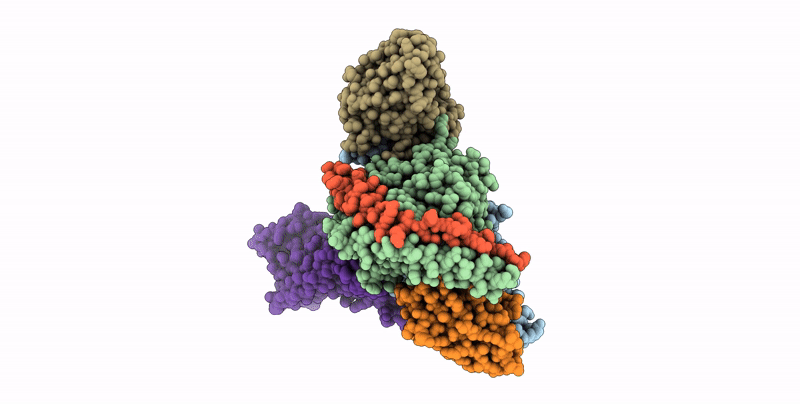
Deposition Date
2023-06-20
Release Date
2025-01-22
Last Version Date
2025-11-26
Entry Detail
PDB ID:
8JSR
Keywords:
Title:
Cryo-EM structure of the anamorelin-bound ghrelin receptor and Gq complex
Biological Source:
Source Organism:
Homo sapiens (Taxon ID: 9606)
Mus musculus (Taxon ID: 10090)
Lama glama (Taxon ID: 9844)
Mus musculus (Taxon ID: 10090)
Lama glama (Taxon ID: 9844)
Host Organism:
Method Details:
Experimental Method:
Resolution:
2.90 Å
Aggregation State:
PARTICLE
Reconstruction Method:
SINGLE PARTICLE


